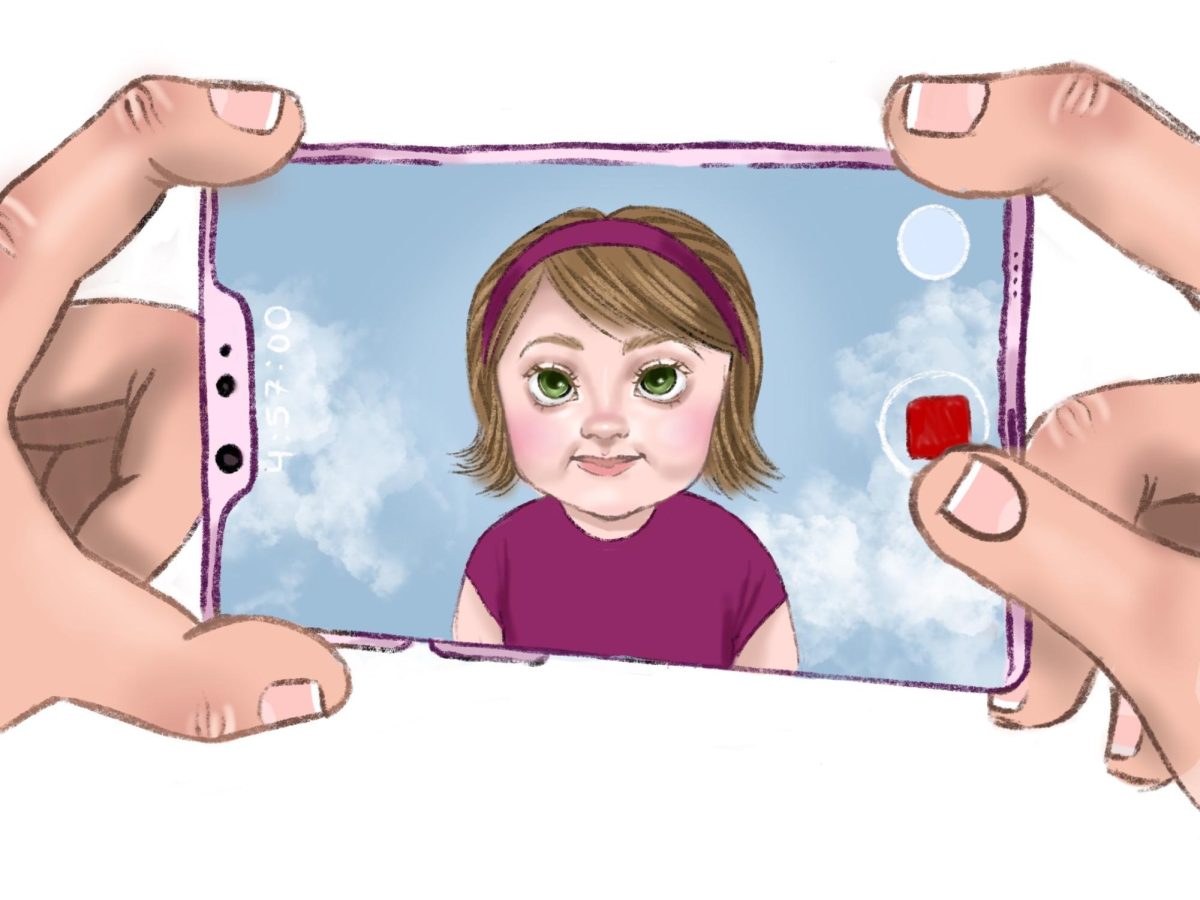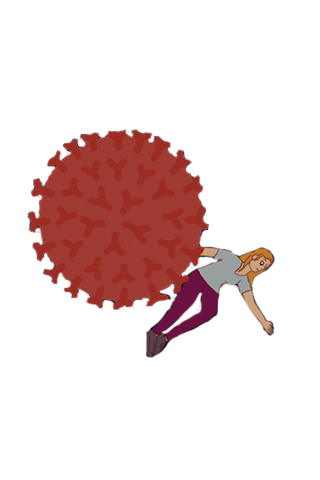“I don’t see color.”
This phrase is often used with good intentions, but it is a common microaggression heard throughout everyday life. Initially, it may sound like a call for equality, when really, it dismisses the identity of people of color.
Microaggressions are everywhere. Any minority group can face microaggressions, which can be based not only on race or ethnicity but also gender, religion, sexuality, socioeconomic status, or disability.
Microaggressions are commonly occurring, brief, verbal or nonverbal, behavioral, or environmental actions that convey derogatory notions toward someone perceived as different, according to the American Psychological Association (APA). Often, these comments or actions are unintentional, meaning perpetrators are usually unaware of the harm they cause.
Microaggressions are all around us—even if we don’t always recognize them.
Approximately 68 percent of workers consider microaggressions a serious problem, and one in four Americans has experienced a microaggression at work, according to a survey conducted by SurveyMonkey in partnership with Fortune Magazine. But the issue extends beyond the workplace. At South, 47 percent of students have either experienced or witnessed microaggressions, according to a nonscientific survey conducted by The Oracle.
Despite its name, there is nothing small about the impact of microaggressions.
Microaggressions can significantly affect the health of minorities and people of color, contributing to increased stress, trauma, and rates of depression, Dr. Bradford Gessner, Vice President and Global Medical Lead for Respiratory Vaccines at Pfizer, said.
“The experience of having to question whether something happened to you because of your race, or constantly being on edge because of your environment, is hostile, and can often leave people feeling invisible, silenced, angry, and resentful,” Gessner said.
Many people who make microaggressions might not intend to offend or harm others. However, it’s important to remember that intent doesn’t erase impact. Harm can occur, even without bad intentions.
Some people also feel uncomfortable with the term “microaggression” because it can sound accusatory or harsh. As a result, they may argue that it might discourage honest conversations or promote oversensitivity. But recognizing microaggressions isn’t about policing language, it’s about empathy, growth, and creating spaces where everyone feels respected.
It can be difficult to recognize when certain phrases carry bias or harmful assumptions. Microaggressions are ingrained in everyday language, coming from culture, media, or even parents.
That’s why it’s essential to have open, honest conversations about what microaggressions are and how they show up. When people feel safe to ask questions and reflect—without fear of being immediately judged or dismissed—moments of misunderstanding can become opportunities to learn and grow.
By recognizing microaggressions, educating ourselves, and using more thoughtful language, we can create spaces where everyone feels seen, heard, and respected.
The goal isn’t to get everything right all the time—it’s to keep trying, listening, and growing together.








